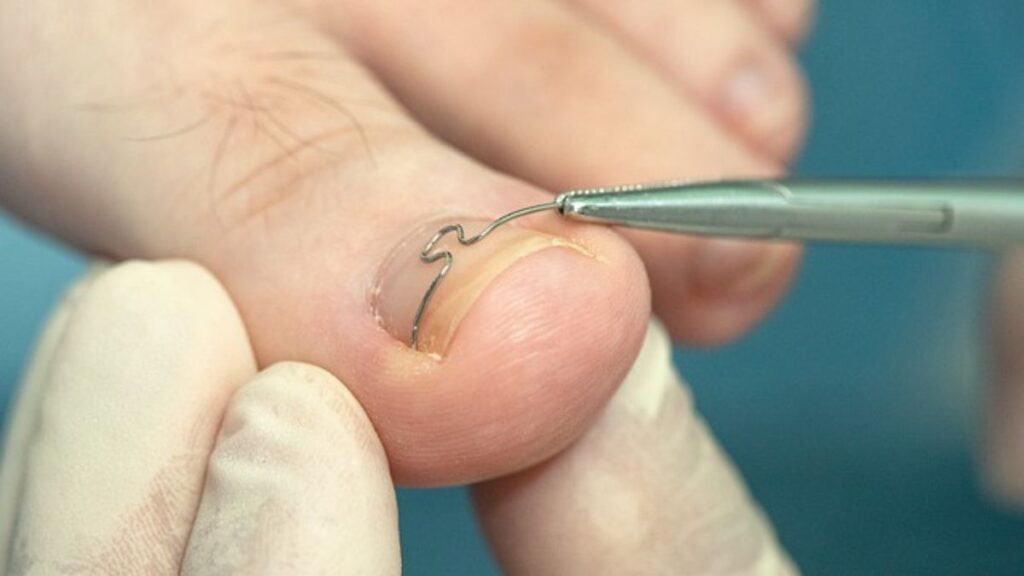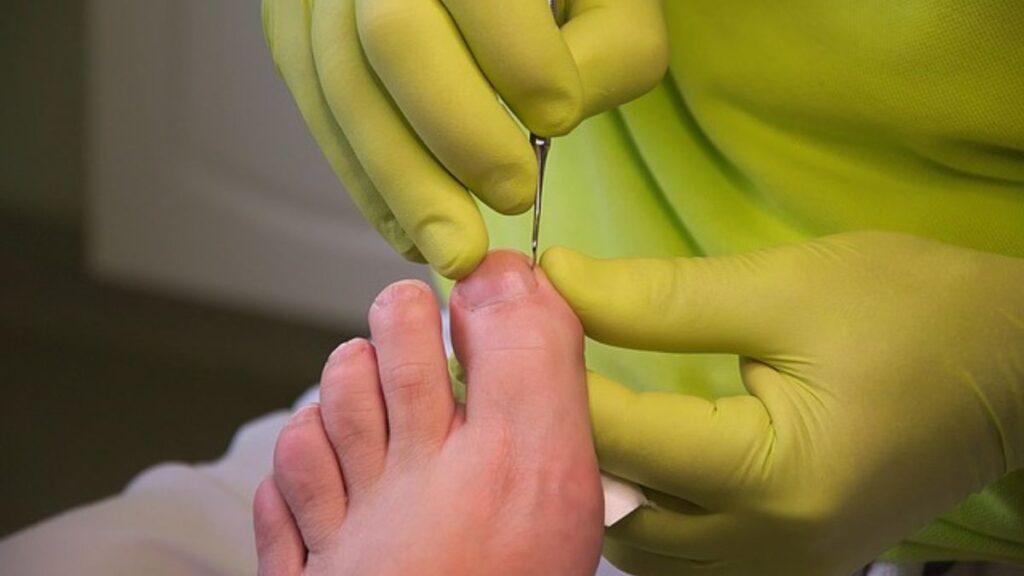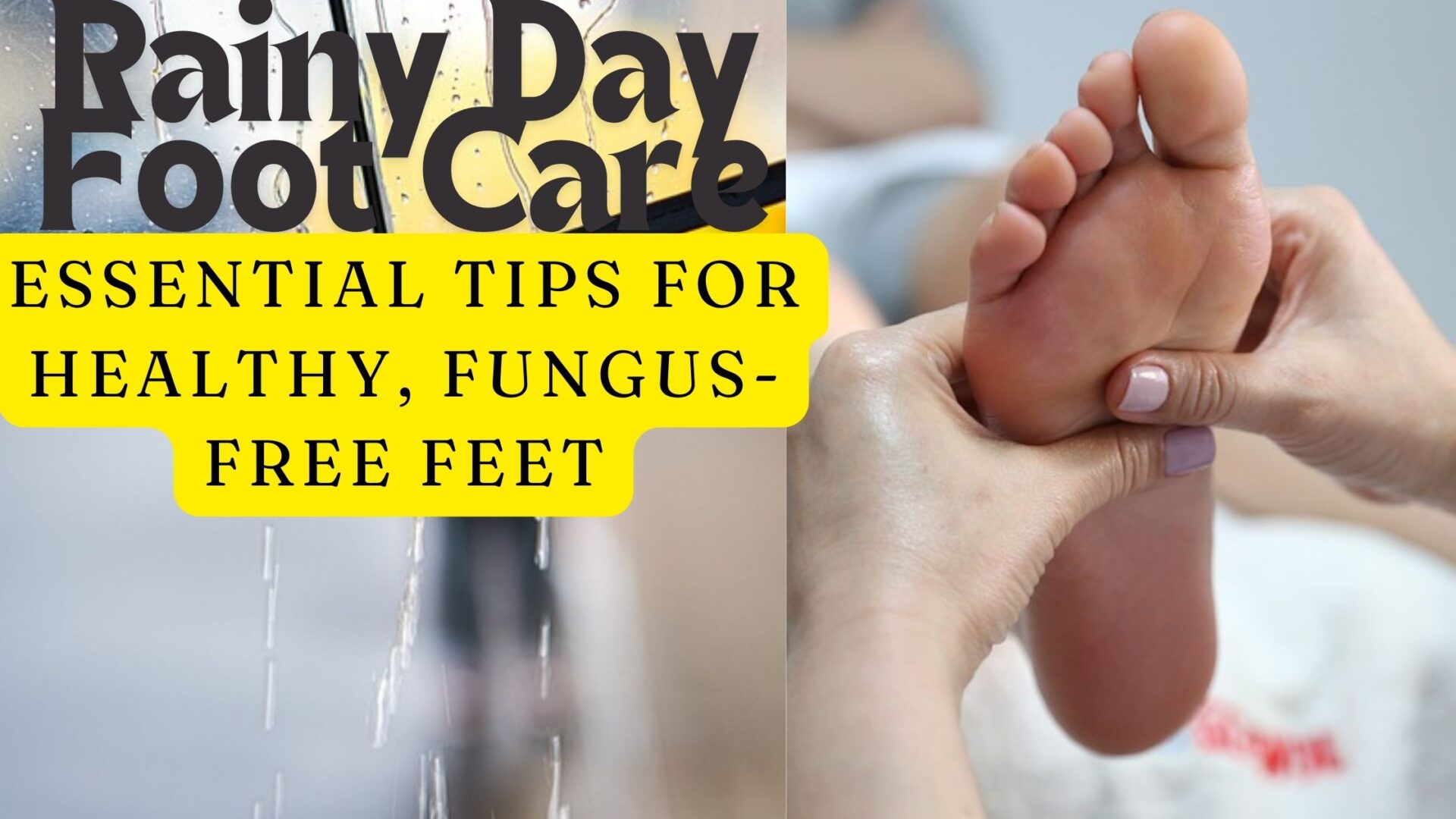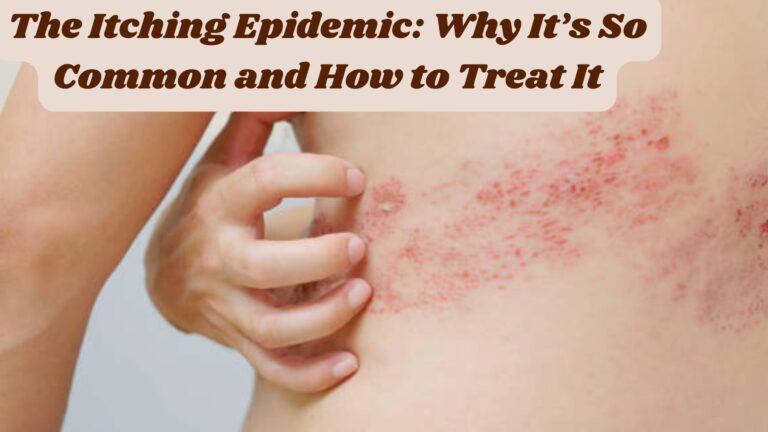Introduction
Rainy Day Foot Care: Essential Tips for Healthy, Fungus-Free Feet

With the rainy season comes a refreshing change in weather, yet it presents unique challenges for your feet. Excess moisture and damp conditions can foster the growth of fungal infections, necessitating extra care and attention to maintain healthy feet. Here are some essential tips to help you navigate the rainy season while keeping your feet fungus-free and healthy:
Essential Tips for Rainy Day Foot Care
- Footwear Selection:
- Choose water-resistant or waterproof shoes to keep feet dry during the rainy season.
- Avoid materials like canvas or suede that soak up water.
- Opt for closed-toe shoes over sandals or flip-flops for better protection against rain.
- Feet Dryness:
- Keep feet dry to prevent fungal infections.
- Change socks frequently, especially if they get wet.
- Carry an extra pair of socks for emergencies.
- Use moisture-wicking socks to draw moisture away from the skin.
- Hygiene and Prevention:
- Practice good foot hygiene by washing feet daily with warm water and mild soap.
- Dry feet thoroughly, especially between toes, to prevent moisture buildup.
- Consider using an antifungal powder or spray to keep feet dry and protected.
4. Utilize Foot Powder for Dryness and Antifungal Protection:
- Sprinkle antifungal foot powder inside shoes and on feet before wearing socks.
- Absorbs excess moisture and creates an unfavorable environment for fungal growth.
5. Minimize Barefoot Walking to Reduce Infection Risk:
- Avoid walking barefoot, especially in public areas with damp floors.
- Wear shoes or sandals indoors and outdoors to protect feet.
- Public showers, pools, and locker rooms are high-risk zones for fungal infections, so be cautious.
6. Ensure Proper Drying of Shoes to Prevent Fungal Growth:
- Thoroughly dry wet shoes after rain or water exposure before wearing them again.
- Remove insoles for separate air drying.
- Stuff shoes with newspaper for moisture absorption and accelerated drying.
- Avoid wearing the same pair of shoes on consecutive days to allow ample drying time.
7. Properly Trim Your Toenails:
To prevent fungal infections, keep your toenails neat and trimmed. Trim them straight across, avoiding cutting them too short, as this may cause ingrown nails. Regularly clean underneath your nails to remove dirt and debris.
8. Moisturize Wisely:
While moisturizing your feet is vital to prevent dry, cracked skin, be cautious when applying moisturizer between your toes. Excess moisture in this area can promote fungal growth. Apply a good foot cream to the tops and bottoms of your feet, but avoid the spaces between the toes.
9. Breathable Materials for Footwear:
Choose shoes and socks made from breathable materials to allow air circulation and keep your feet dry. Synthetic materials tend to trap moisture, so opt for natural fibers like cotton for socks and leather for shoes whenever possible.
10. Prompt Medical Attention for Persistent Issues:
If you encounter persistent foot problems like redness, itching, or unusual odor, seek medical attention promptly. A healthcare professional can provide an accurate diagnosis and appropriate treatment to prevent the condition from worsening.
Is it safe to walk barefoot in the rain?
Engaging in barefoot walking during rainfall offers both benefits and risks. To aid in your decision-making process regarding its safety, here’s an overview of the potential advantages and disadvantages:

Potential Benefits of Walking Barefoot:
- Grounding (Earthing):
- Connect with the earth by walking barefoot.
- Some studies suggest it can reduce stress and inflammation.
- Natural Foot Massage:
- Uneven surfaces of natural ground gently massage your feet.
- This can improve circulation and provide sensory stimulation.
- Refreshing Experience:
- Rain can cool and refresh your feet, especially on a warm day.
- Provides a pleasant and invigorating feeling.
Risks
- Injury Risk: Walking barefoot increases the chances of stepping on sharp objects like glass, nails, or rocks, leading to cuts, punctures, and potential infections.
- Infection Exposure: Damp environments harbor bacteria, fungi, and parasites. Walking barefoot in wet areas like puddles or soil can expose your feet to infections such as athlete’s foot, plantar warts, and hookworms.
- Slip and Fall Hazard: Wet surfaces can become slippery, posing a higher risk of slips and falls, especially on smooth or uneven surfaces.
- Chemical Contact: Urban areas may have chemicals, oils, and pollutants on the ground that could cause harm if they come into contact with your skin.
Precautions
1. Inspect the Area:
- Check the path for sharp objects and hazardous debris to avoid cuts and injuries.
2. Clean Your Feet:
- After walking in the rain, thoroughly wash and dry your feet to remove dirt and potential pathogens.
3. Apply Antiseptic:
- Use an antiseptic on any cuts or abrasions to prevent infections.
4. Avoid Urban Areas:
- Opt for natural areas like grassy parks or gardens when barefoot, as these locations have a lower risk of chemical pollutants compared to urban areas.
When engaging in the activity of walking barefoot in the rain, it is imperative to be mindful of the inherent risks and to adopt suitable preventive measures to safeguard the well-being of your feet. While such an activity may be considered safe in controlled environments characterized by cleanliness, it is crucial to exercise caution and prioritize the protection of your feet.
What are the best antifungal foot powders?
Here are some of the best antifungal foot powders available in 2024, each catering to different needs:

- Desenex Antifungal Powder: Effective in treating athlete’s foot and fungal infections, this powder contains miconazole nitrate. It soothes symptoms like itching, burning, and scaling while absorbing excess moisture.
- Zeasorb Antifungal Treatment Powder: Known for its ability to absorb moisture, Zeasorb keeps feet dry and itch-free. It utilizes miconazole nitrate to combat fungal infections, making it ideal for people with sweaty feet.
- Lotrimin Daily Sweat & Odor Control Medicated Foot Powder: This talc-free powder effectively controls sweat and odor, providing a comfortable, dry sensation throughout the day. Its strong absorptive properties help prevent fungal growth.
- Dr. Scholl’s Odor-X Ultra Sweat-Absorbing Foot Powder: Designed for active lifestyles, this powder absorbs sweat and controls odor. It contains corn starch and zinc oxide to keep feet dry and comfortable.
- Gold Bond Medicated Foot Powder: A talc-free option, this powder reduces itching, odor, and moisture. It offers long-lasting protection against sweat and odor, promoting overall foot health.
- Odor-Eaters Foot Powder: Ideal for combating bacterial infections and severe foot odor, this talc-free powder contains corn starch. It keeps feet dry and odor-free, providing all-day protection.
For the most effective treatment of fungal infections, moisture control, and odor management, consider these highly recommended options.
What home remedies can help prevent foot fungus?
Preventing foot fungus at home involves maintaining good hygiene and using natural remedies that create an inhospitable environment for fungi. Here are some effective home remedies:
Foot Hygiene: Keeping Feet Clean and Dry
- Regular Foot Washing: Wash your feet thoroughly daily with soap and water to remove dirt and bacteria.
- Thorough Drying: Ensure your feet are completely dry after washing, particularly between the toes. Fungi flourish in moist environments, so proper drying is crucial.
2. Wear Breathable Footwear
- Choose Breathable Materials: Wear shoes made of breathable materials like leather or mesh to allow air circulation.
- Alternate Shoes: Avoid wearing the same pair of shoes two days in a row to allow them to dry out completely (STYLECRAZE).
3. Use Antifungal Powders or Sprays
- Apply Powder: Use antifungal foot powders to keep feet dry and reduce the risk of fungal infections.
4. Home Remedies
- Tea Tree Oil: Known for its antifungal properties, tea tree oil can be applied directly to the affected area. Dilute it with a carrier oil if you have sensitive skin (STYLECRAZE) (Verywell Health).
- Apple Cider Vinegar: Soaking feet in a mixture of equal parts water and apple cider vinegar can help balance the pH of the skin and prevent fungal growth (Verywell Health).
- Garlic: Garlic has antifungal and antimicrobial properties. Crush a few cloves of garlic and apply the paste to the affected area, or soak your feet in water infused with garlic (Verywell Health).
5. Moisture-Wicking Socks for Dry Feet:
- Opt for socks crafted from moisture-wicking materials, such as merino wool or synthetic blends, to keep your feet dry and comfortable.
6. Protect Your Feet in Public Areas:
- Prioritize foot protection by wearing flip-flops or shower shoes in public areas like pools, gyms, and locker rooms. This simple precaution helps prevent exposure to harmful fungi.
7. Practice Good Foot Hygiene
- Regularly Trim Toenails: Maintain short and clean toenails to prevent fungal growth underneath them.
- Exfoliate Dead Skin Cells: Regularly remove dead skin cells to reduce potential areas for fungal growth.
8. Use Baking Soda
- Baking Soda Soak: Soaking your feet in a solution of baking soda and water can help reduce moisture and prevent fungal growth (Buoy Health).
9. Maintain a Healthy Diet
- Boost Immunity: A diet rich in vitamins and minerals can help strengthen your immune system, making it harder for infections to take hold (Buoy Health).
By following these preventive measures and home remedies, you can significantly reduce the risk of developing foot fungus.
Conclusion
To maintain healthy, fungus-free feet during the rainy season, it’s crucial to follow these vital tips. By implementing these simple precautions, you’ll significantly contribute to the overall well-being and happiness of your feet throughout the year.
References
- Healthline – Foot Care Tips
- WebMD – Foot Health: Tips for Keeping Your Feet Healthy
- Mayo Clinic – Toenail Fungus
- Cleveland Clinic – Athlete’s Foot








